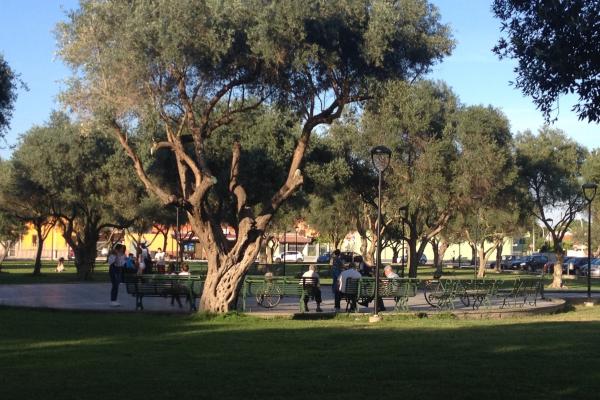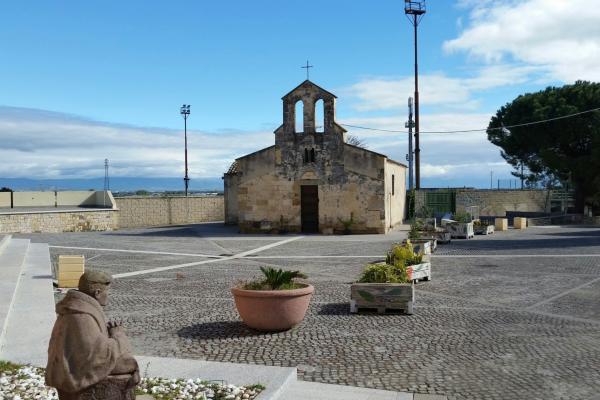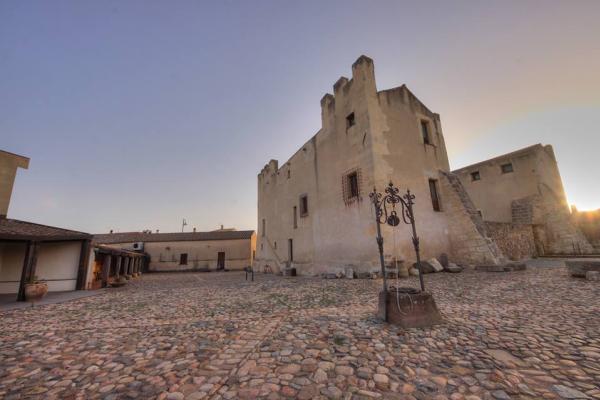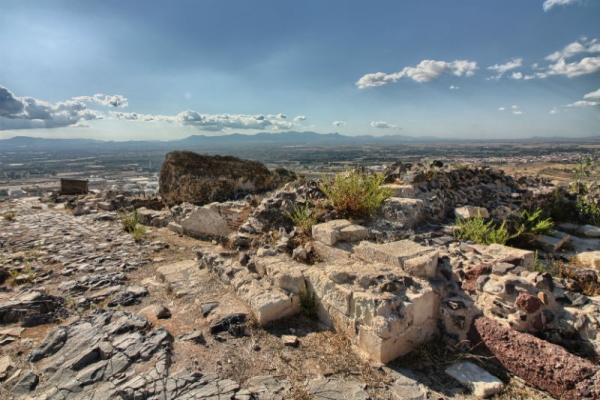To the west of Cagliari, after Assemini and on the edge of the State Road 130 leading to Iglesias, along a bend in the Riu Mannu, stands Decimomannu. A large town with over eight thousand inhabitants, it has always been a strategic outpost. Hence it was not by chance that the Via Caralis – Sulcis (Sant’Antioco) passed through Decimum in Roman times. Even the toponym is clearly of Roman origins, meaning ‘ten miles from Cagliari’. The first settlements in its territory are from the Neolithic period. A Nuragic village and a necropolis where bronze Punic coins were found bear witness to subsequent eras. According to the historian Casula, the 215 BC battle between the Romans and Sardinian-Punic people occurred near Decimo, during the Second Punic War. It was concluded with an overwhelming Roman victory, whose domination left several legacies, the most relevant being a bridge over the Riu Mannu in Bingia Manna, dated between the end of the 1st century BC and the beginning of the 1st century AD. Built in square limestone blocks, it is presmed to have consisted in thirteen arches. Today, three can be seen, along with the remains of other bases.

Town
A populous town in southern Sardinia twenty kilometres from Cagliari, Decimomannu safeguards devotional traditions and Roman remnants, in a strategic historical centre towards the Iglesiente area
A populous town in southern Sardinia twenty kilometres from Cagliari, Decimomannu safeguards devotional traditions and Roman remnants, in a strategic historical centre towards the Iglesiente area
See this place because...
An important town can be explored just a short distance from Cagliari, which preserves traces of the Roman era and keeps sacred traditions alive, in particular with the Sagra di Santa Greca
You may also like
More attractions in the vicinity
Nearby hotels and accommodations

DECIMOMANNU
1 km

DECIMOMANNU
1 km

DECIMOMANNU
1 km













